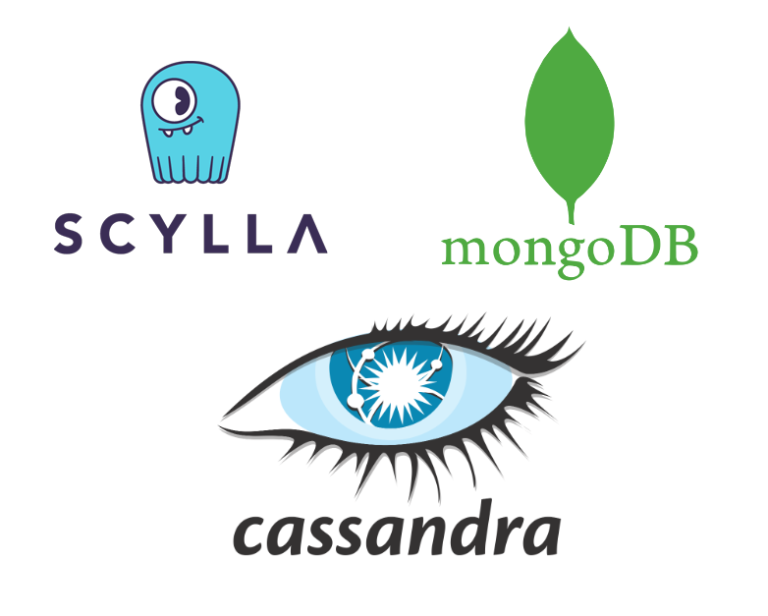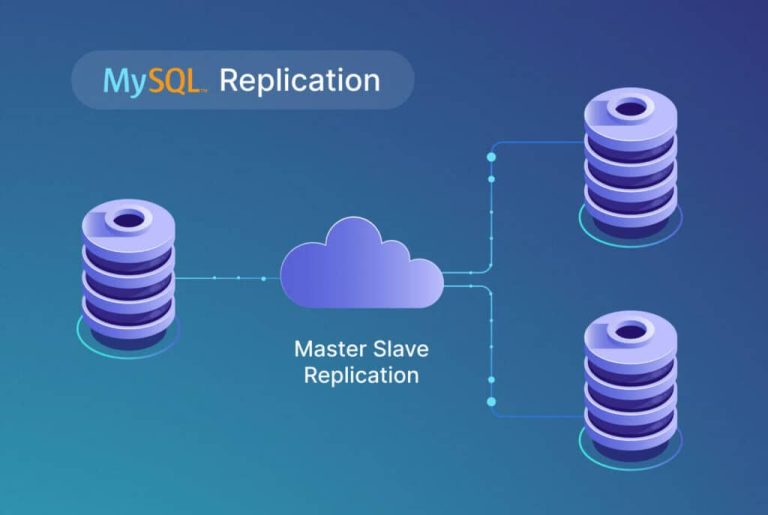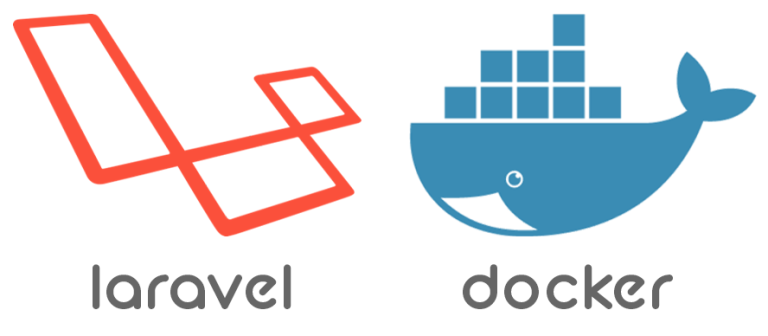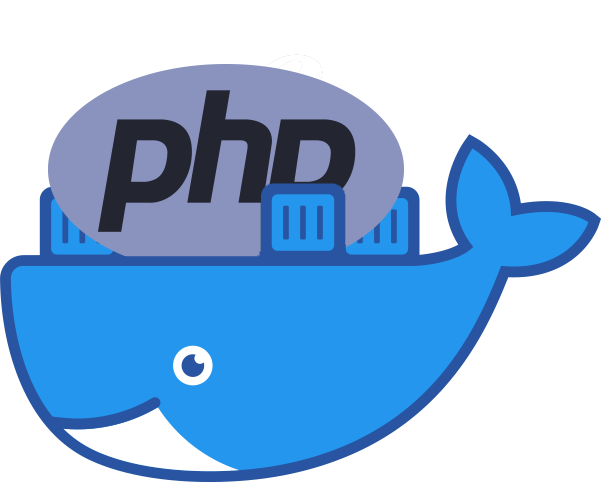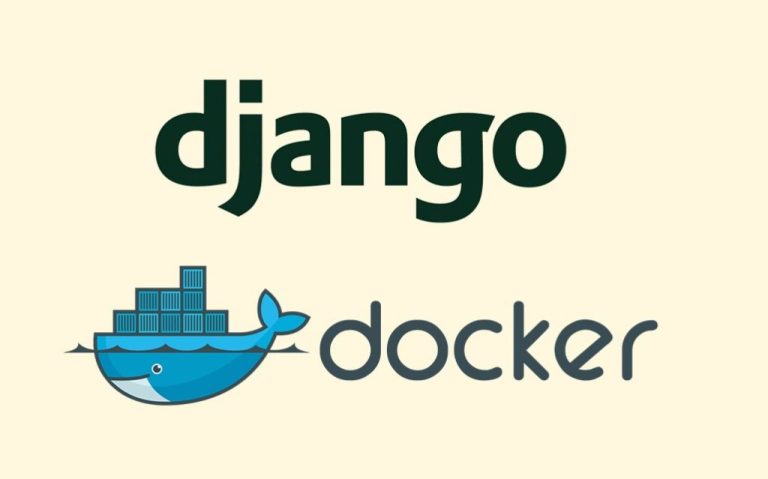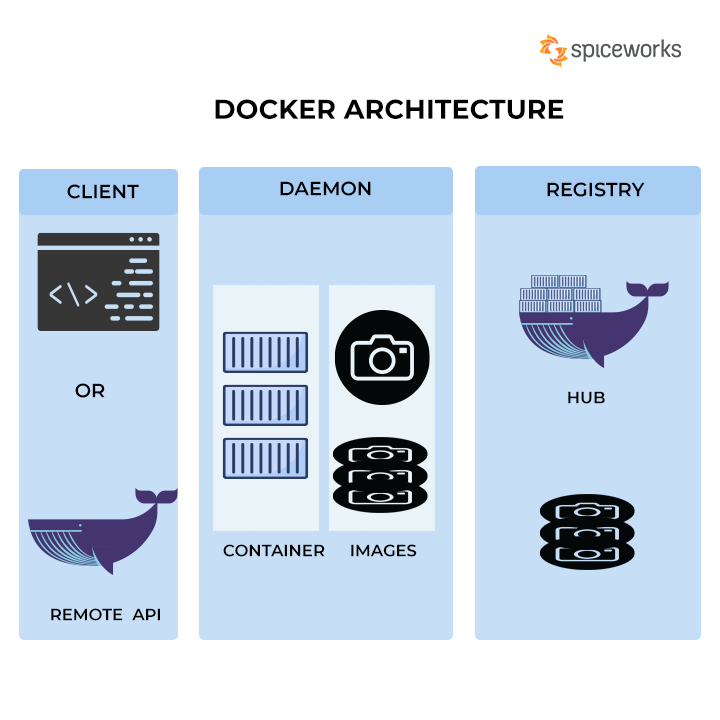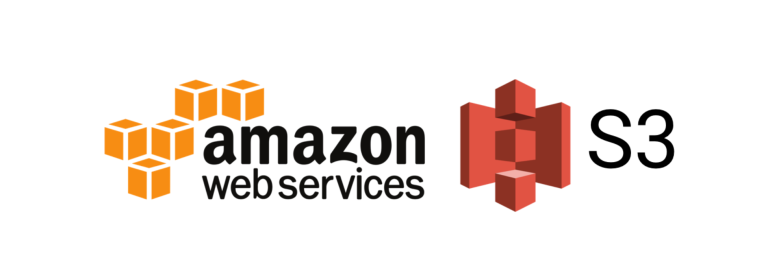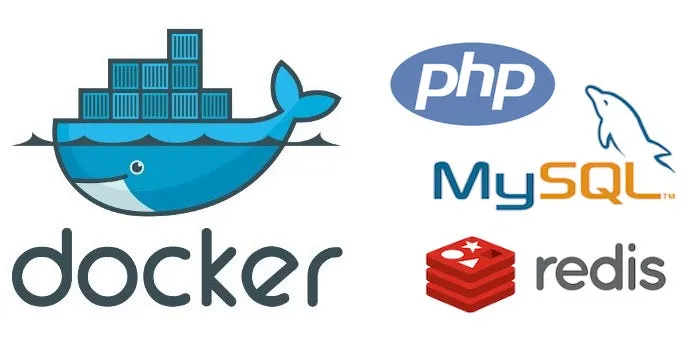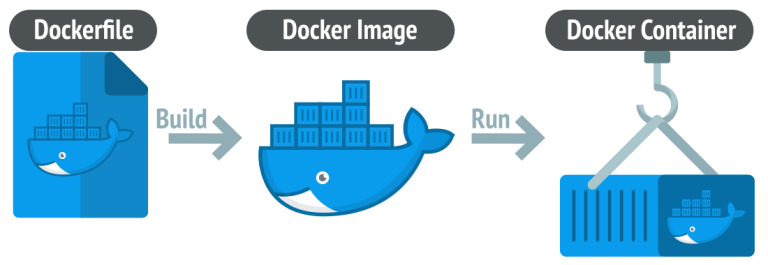Introduction
Dockerfile and Docker Compose are essential tools in the Docker ecosystem, each serving distinct purposes in the containerization process. In this article, we delve into the differences between Dockerfile and Docker Compose, exploring their individual roles and when to use them.
Dockerfile: Blueprint for Individual Containers:
- Definition: A Dockerfile is a script containing instructions for building a Docker image. It defines the environment, dependencies, and commands needed to run a specific application or service.
- Usage: Dockerfiles are used to create individual container images. They serve as blueprints for building containers with specific configurations and software stacks.
- Key Components: Dockerfiles consist of commands like
FROM,RUN,COPY, andCMD, specifying the base image, executing commands during the build process, copying files into the image, and defining the default command when the container starts.
Docker Compose: Orchestrating Multi-Container Applications:
- Definition: Docker Compose is a tool for defining and running multi-container Docker applications. It uses a YAML file (
docker-compose.yml) to configure the services, networks, and volumes for an entire application stack. - Usage: Docker Compose simplifies the orchestration of complex applications by allowing you to define and manage multiple containers as a single application. It is particularly useful for applications with multiple services that need to interact.
- Key Components: The
docker-compose.ymlfile defines services, networks, and volumes. It allows specifying dependencies between services, setting environment variables, and configuring other options like port mappings.
Dockerfile Use Cases:
- Application Packaging: Dockerfiles are used to package and distribute applications with all their dependencies, ensuring consistency across different environments.
- Custom Images: Developers create custom images tailored to their applications, incorporating specific libraries, configurations, and runtime environments.
- CI/CD Integration: Dockerfiles are integrated into CI/CD pipelines for automated building and testing of container images.
Docker Compose Use Cases:
- Multi-Service Applications: Docker Compose shines when orchestrating applications with multiple interconnected services, such as web servers, databases, and caching layers.
- Development Environments: It simplifies the setup of development environments, allowing developers to define and launch an entire stack with a single command.
- Testing Environments: Docker Compose is valuable for creating testing environments where various services need to work together seamlessly.
Interactions Between Dockerfile and Docker Compose:
- Dependency: Docker Compose often relies on Dockerfiles to build the individual images for each service defined in the
docker-compose.yml. - Composition: Docker Compose can use existing images or build images from Dockerfiles during composition. The
buildoption in thedocker-compose.ymlreferences the Dockerfile path.
When to Use Dockerfile vs Docker Compose:
- Dockerfile: Use Dockerfiles for defining individual container images, especially when packaging a standalone application or service.
- Docker Compose: Use Docker Compose when managing multiple services that need to work together. It is particularly valuable in development, testing, and production scenarios where orchestration is essential.
Dockerfile and Docker Compose are complementary tools in the Docker ecosystem, each playing a crucial role in the containerization process. Understanding when to use Dockerfile for image definition and Docker Compose for orchestrating multi-container applications is key to efficiently leveraging their capabilities in your containerized workflows.
Examples of a Dockerfile and a Docker Compose file for a basic PHP application with Apache and MySQL.
Dockerfile (for PHP and Apache):
# Use an official PHP with Apache base image
FROM php:7.4-apache
# Set the working directory to /var/www/html
WORKDIR /var/www/html
# Copy the current directory contents into the container at /var/www/html
COPY . .
# Install PHP dependencies and enable Apache modules
RUN apt-get update \
&& apt-get install -y \
libzip-dev \
unzip \
&& docker-php-ext-install pdo_mysql \
&& a2enmod rewrite \
&& service apache2 restart
Docker Compose (docker-compose.yml):
version: '3'
services:
apache-php:
build: .
ports:
- "80:80"
depends_on:
- mysql
mysql:
image: mysql:8.0
environment:
MYSQL_ROOT_PASSWORD: root_password
MYSQL_DATABASE: app_db
MYSQL_USER: app_user
MYSQL_PASSWORD: app_password
In this example
- The Dockerfile sets up a PHP and Apache environment, copies the application files into the container, installs necessary dependencies, and enables Apache modules.
- The docker-compose.yml file defines two services:
apache-phpandmysql. Theapache-phpservice builds from the current directory (using the Dockerfile) and depends on themysqlservice.
Please note that these are simplified examples, and you may need to adjust them based on your specific application requirements and configurations. Additionally, consider adding more detailed configurations for production use, such as environment variables, security measures, and volume mounts for persistent data.


